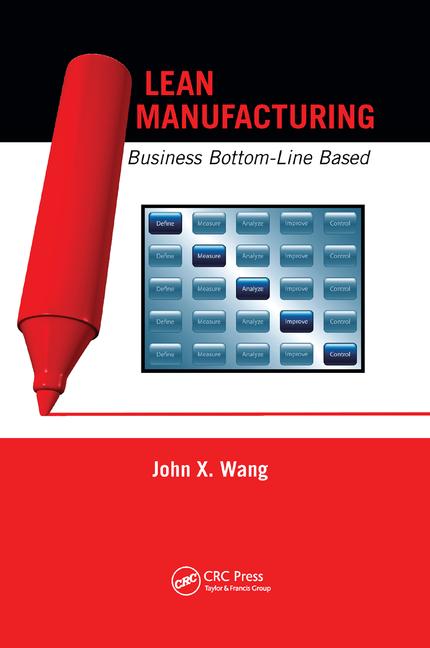A new type of solar cell is so thin and flexible that it can be mass-produced like paper currency. The printable cells offer a number of advantages over traditional solar panel technology. For instance, they are lightweight and easily transportable, making them attractive to a domestic market and also flexible like a banknote.
A new type of solar cell is so thin and flexible that it can be mass-produced like paper currency. It was developed by researchers at Monash University (Melbourne, Australia). The printable cells offer a number of advantages over traditional solar panel technology. For instance, they are lightweight and easily transportable, making them attractive to a domestic market and also flexible like a banknote.
The partially transparent solar cells can be installed almost anywhere, including roofs of homes and cars, windows or glass panels. The cells also float, allowing them to cover pools or dams, reducing evaporation while also generating energy.
“The film-like solar cells are fabricated on a polymer substrate and are almost as thin as a sheet of paper,” says Udo Bach, a professor in the School of Chemistry. “The ultimate goal of our work is to develop this alternative solar cell technology to a point where it can compete with conventional photovoltaic technologies already established on the market.”
The first batch of trial polymer solar cells recently rolled off the presses at Securency International (Melbourne), the company that prints Australian bank-notes.
Get our new eMagazine delivered to your inbox every month.
Stay in the know on the latest assembly trends.
SUBSCRIBE TODAY!Copyright ©2024. All Rights Reserved BNP Media.
Design, CMS, Hosting & Web Development :: ePublishing



